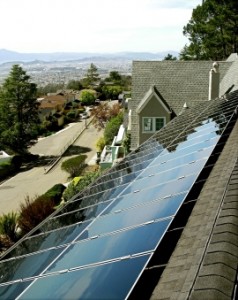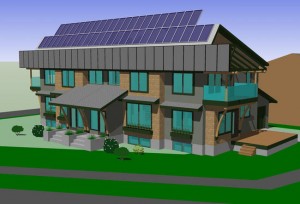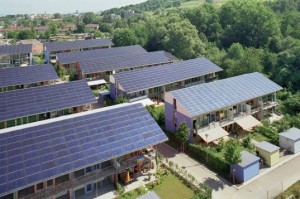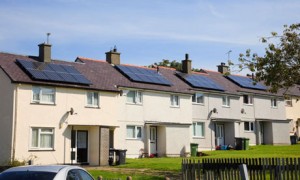With climate change being such a hot topic many people are looking to ways at having less of an impact on the environment. Buying an eco-friendly home, or even making your current home more environmentally friendly would not be considered unusual. If you have an eco-friendly home that you are wanting to put on the market then you are in a good position. Being able to state your home is eco-friendly is a big draw card for buyers, and with all the energy and money saving extras on your house you will be able to demand a higher price. Having a solar panel to heat your water, or energy efficient appliances, or even the house itself being made out of recyclable materials will help create a lot of buyer interest. Don’t forget the steps to selling your home will be the same, with the buyer having the usual added costs like stamp duty and conveyancing fees.
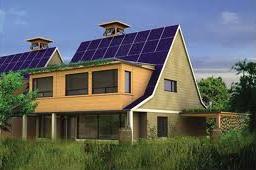
Play to its strengths
A major benefit when selling an eco-friendly home is you will be able to ask more for it simply due to the additions you have made and also if your home is made from recycled materials using environmentally friendly methods of building. Your home is worth more and so you can ask for more. If potential buyers balk at the price you need to be sure that they are made aware of the savings they will make in the long run. Through the use of either solar energy or energy supplied by wind turbines, with water saving devices like shower heads and energy efficient appliances and a design of home that makes the best of natural light, a new owner will have significant savings on energy.
Spreading the word
By selling an eco-friendly home you will not only make the new owners aware of the need to help the environment but pass the message on to others as well. More than one person will inspect your home, and even those who aren’t the buyers may take away new knowledge about how they can make their own homes more environmentally friendly. The new owners will have a whole new set of friends and family who will visit and may feel inspired to turn their homes into energy efficient houses.
Helping the environment
You can be happy knowing that you are passing on a home that will mean another family is benefiting from sustainable living and that their impact on the environment will be significantly reduced.
Supporting green living
By helping create a demand for environmentally friendly homes you will encourage others to change to a more sustainable lifestyle and hopefully start a chain reaction that will spread over time to ensure that all new homes are automatically built using eco-friendly practices and meet energy saving standards.
Find a green real estate agent
There are real estate agencies that specialize in eco-friendly homes. This is your best option in selling your home as they will understand the finer points of what to highlight to potential buyers. They will also attract clients wanting to purchase this type of home in the first place. Use these agencies to help you benefit most from your sale.
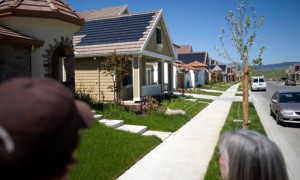
 Follow
Follow